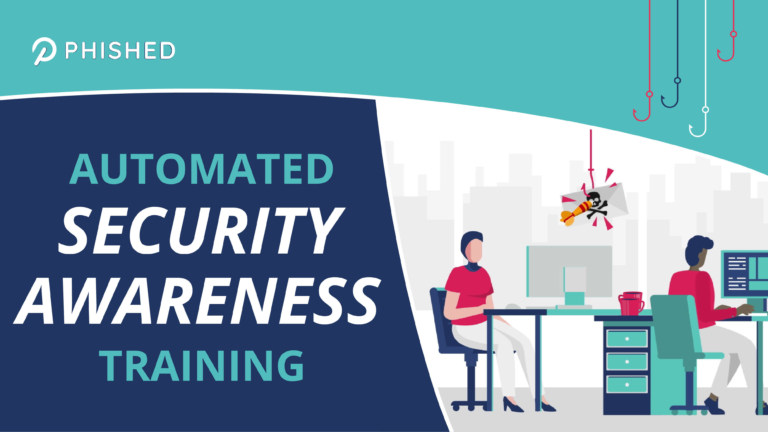19 Do’s & Don’ts for a successful internal phishing campaign

What will you learn?
One size does not fit all
Why you should alternate generic phishing simulations with individual, personalised ones.
Rehearsing and studying
Why it is best to combine phishing simulations with targeted training modules.
Activation and engagement
How to activate your employees to participate in your cybersecurity strategy.
Statistics to support your findings
How in-depth reporting capabilities can prove how your organisation is performing.
How (not) to tackle an internal phishing campaign
Wondering how to get started with an internal phishing campaign? Here are some pointers; download our free whitepaper for more information and many more practical tips.
Guest editorial by Inti De Ceukelaire (Head of Hackers at Intigriti)
Recognising that you are vulnerable is the first step in recognising and mitigating risks. As a cybersecurity expert, I am not ashamed to say that I have clicked on a phishing email before.
To avoid disastrous scenarios, we need to learn to recognise patterns in order to build up a permanent vigilance. This can only be done by offering a continuous training program to our employees, one that is as agile as the growing cyber threat.

Over 90% of all data breaches starts with a human error
Organisations invest many resources into setting up a state-of-the-art defense, yet they often neglect the biggest risk: their own employees. Any employee that doesn’t know how to effectively recognise cyberattacks is a potential zero-day vulnerability. By creating more cyber awareness amongst your employees, an offering phishing awareness training, your organisation is more secure.
